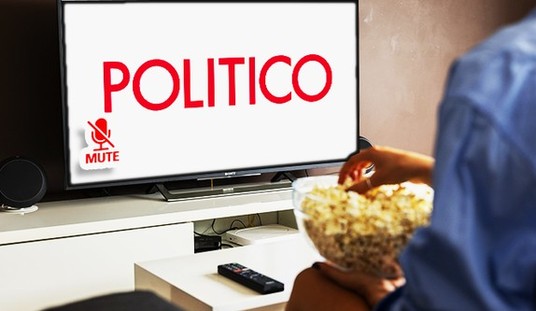Imagine your car is low on gas. On one side of the street is a station selling fuel for $3.85. Directly across the road is one selling for $3.35. Where are you going to buy gas?
There are plenty of other variables, of course. You may know the owner of one of the stations, or you may prefer one brand of fuel to another because you saw a catchy television ad. But for most people, the price is all the information they need. They’re going to cross the road to pay 50 cents less.
Prices make the world go ’round. They determine our food, shelter and lifestyle in virtually every way. Except, of course, one major way. We have no real idea how much healthcare actually costs.
Oh, sure, everyone agrees that healthcare is expensive. We sense that it costs more today than it did five years go. But what’s the actual bill? Consider your last doctor visit.
It may have been “free” to you, or you may have paid a small co-pay. Your doctor’s office probably billed an insurance company. The company eventually sent the doctor payment of a “reasonable and customary” fee, which is of course less than the bill was. All this backlogged back office back-and-forth happens without you, the consumer, having really been involved in the transaction at all.
One problem is that most Americans have health “insurance,” but it isn’t insurance in the way that homeowner’s insurance or life insurance are. You only need those sorts of insurance when a tree falls on your house or a loved one dies. But everyone uses healthcare, and what we call insurance really just means having somebody else pay for it.
Recommended
But things may finally be changing. The federal government finally took a small step forward recently. For the first time it reported how much hospitals charge Medicare for 100 common procedures. The Washington Post crunched the numbers.
“Las Colinas Medical Center just outside Dallas billed Medicare, on average, $160,832 for lower joint replacements. Five miles away and on the same street, Baylor Medical Center in Irving, Tex., billed the government an average fee of $42,632,” the paper reports. Elsewhere, “In downtown New York City, two hospitals 63 blocks apart varied by 321 percent in the prices they charged to treat complicated cases of asthma or bronchitis. One charged an average of $34,310; the other billed, on average, $8,159.”
There may be reasons for the differences. Maybe one hospital specializes in a particular type of care, for example. But, if you (instead of the government) were actually footing the bill, wouldn’t you want to know that you’d pay one third less at one hospital than you’d pay at another? That simple price information would be, to use one of President Obama’s favorite words, a game-changer for most of us.
This highlights the real problem with ObamaCare. Instead of empowering people to make informed choices about their care by letting them know how much it costs, our new system attempts to hold down costs by having “experts” in Washington set prices for care across the nation.
But those experts can never have enough information or use it as effectively as millions of consumers would.
Big government programs including Social Security, the Post Office and, yes, ObamaCare, “fail because they attempt to substitute a single brain, or a relatively small panel of brains organized into a bureaucracy, for the collective cognitive firepower of millions or billions of people,” Kevin Williamson puts it at National Review. “Put simply, they attempt to manage systems that are too complex for them to understand. Complexity is humbling, but politics is immune to humility.”
Pricing, meanwhile, is simple yet effective. But it doesn’t meaningfully exist in our current system because consumers don’t pay for their care.
There’s still an opening for real reform in our healthcare system. Reform that makes prices transparent and puts consumers in charge of their own health decisions. ObamaCare is pulling us far down the wrong road. But it’s not too late for the power of prices to bring us a better system.

























Join the conversation as a VIP Member